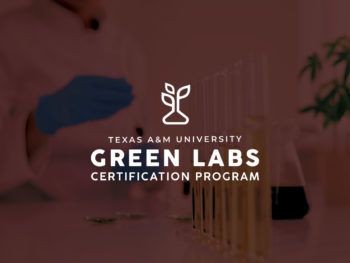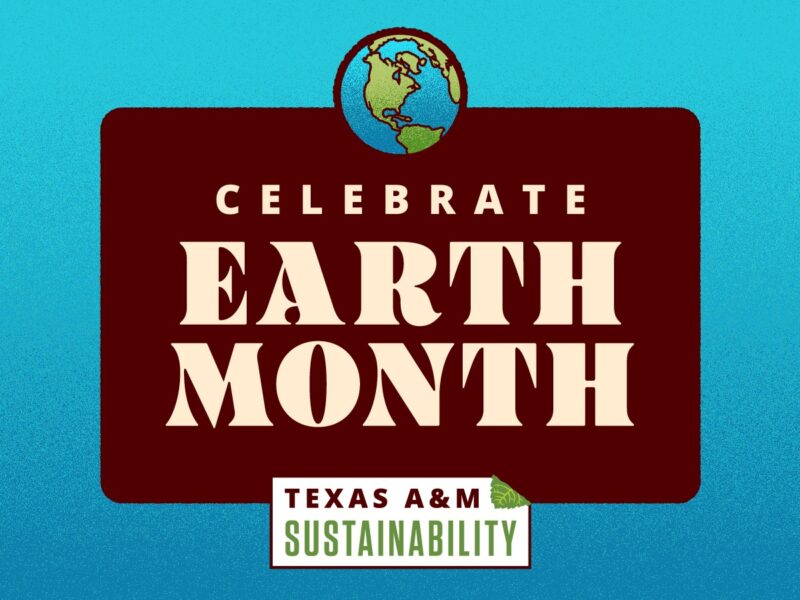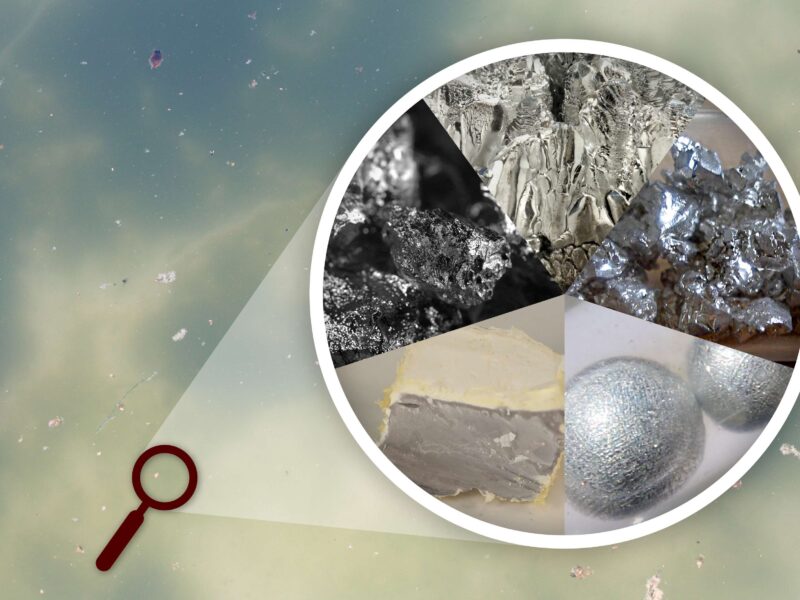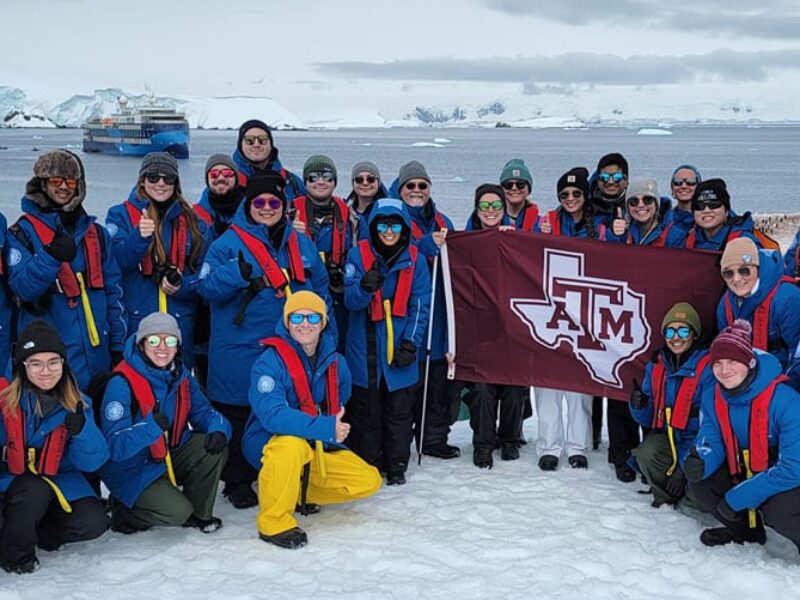Texas A&M University Launches Green Labs Certification Program

Texas A&M University has launched its Green Labs Certification Program (GLCP) designed to ensure environmentally friendly laboratory practices across campus.
Tassie Hermann, assistant manager for Environmental Management at Texas A&M’s Department of Environmental Health and Safety (EHS), said certified labs will reduce energy usage and waste.
“Labs use a tremendous amount of energy and water as well as create a large amount of waste that has to be disposed of each year,” Hermann said. “Using some of the techniques in the program could decrease energy and water costs as well as the costs to dispose of the chemicals.”
Laith Harb is a Ph.D. candidate in biochemistry who studies infection mechanisms of bacterial viruses using genetic and microscopy techniques, and works with EHS to survey, design and implement sustainability initiatives in labs. He said labs often rely on single-use plastics and difficult-to-recycle materials such as Styrofoam and plastic film for common procedures.
“However, in many cases, there are alternatives and strategies that can be used to mitigate as much energy usage and waste production as possible,” Harb said.
The university’s main campus has approximately 1,000 laboratory groups with more than 3,500 lab spaces. The certification program will initially be open to just “wet” labs – where matter is analyzed and tested by using various liquids – but organizers hope to expand to other types of labs and additional Texas A&M campuses in the future, Hermann said.
Each certified lab will get recognition for its efforts and be able to display its certificate for others to see.
The certification is tiered, Hermann said, and it’s up to individual labs which tier is reached.
“The tiers are bronze, silver and gold,” she said. “Researchers at each laboratory can decide how much participation they would like to have to determine how many points they accumulate. The labs could be in the early stages of developing a sustainable plan or could already be doing multiple activities such as recycling, water conservation efforts and decreased energy use that would put them in a higher tier of certification.”
Each time lab staff apply for review, they will have the ability to move up or down in the tiers based on the amount of sustainable practices in which they participated. Labs that participate should renew their certifications every three years, Hermann said.
Research at Texas A&M is extremely diverse, Harb said, ranging from “studying the shapes and functions of biomolecules to understanding how a plant gene can be used to improve crop yields.”
Additionally, he said, teaching labs can focus on instruction for undergraduate or graduate students to learn a variety of scientific techniques and practices to prepare them for their future careers in academia or industry.
Harb said the certification program is essential for Texas A&M, one of the nation’s largest research universities, with annual expenditures nearing $1 billion.
“Almost all of our Vision 2020 peer institutions have dedicated green labs programs, suggesting that this is becoming a standard at many top research universities,” he said. “Additionally, many of the sustainability initiatives outlined in the Green Labs program support the Texas A&M Sustainability Master Plan, such as decreasing campus energy use intensity and increasing landfill diversion rates.”
The program allows any individual lab to apply and any member of the lab is eligible to submit an application. The applicant needs the approval of the faculty researcher or principal investigator in order to submit. Interested faculty can submit for teaching lab certification with approval by the department head.
“Our short-term goal is to seek participation from a few local departments, but we envision that the Green Labs program will eventually acquire some level of participation from all departments on campus,” Harb said. “This program is a positive step toward creating a culture of sustainability within laboratories at Texas A&M.”
For more information about the Green Labs Certification Program and to apply, visit the SEMC website or contact greenlabs@tamu.edu.
Media contact: Lesley Henton, lshenton@tamu.edu





